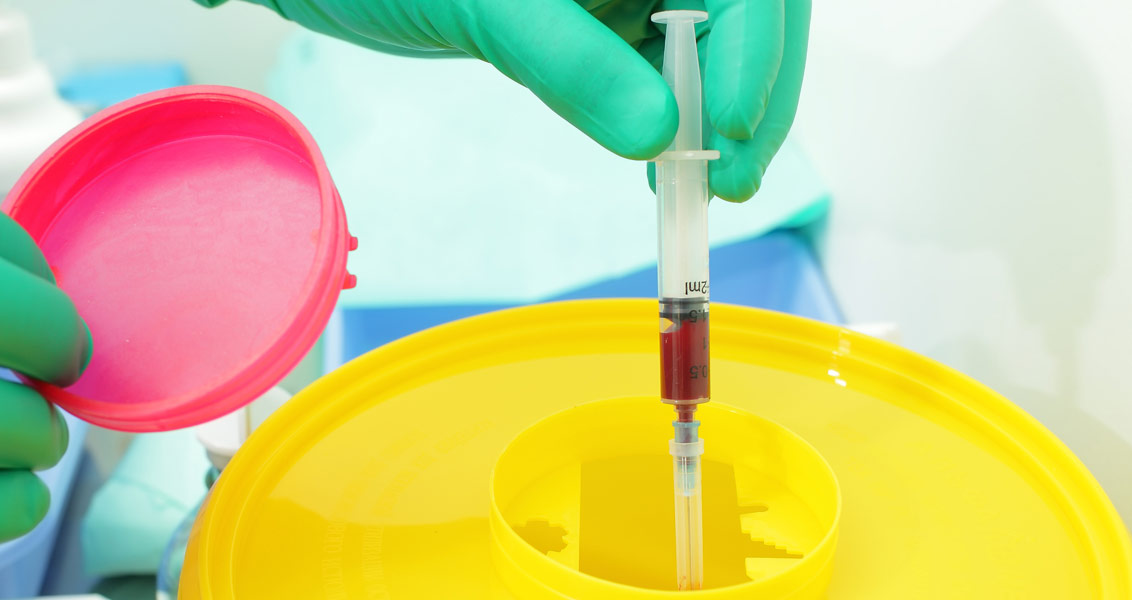Ans. Safety syringes including Dispojekt can contribute to environmental sustainability through various mechanisms and design features. Here are ways in which safety syringes support environmental sustainability.
Single-Use Design: Safety syringes are typically designed for single-use, discouraging the reuse of needles. thus provides a positive impact to environment by reducing blood borne disease transmission.
Material Recycling: Some safety syringes are designed with components that are easier to separate for recycling purposes. This can facilitate the recycling of materials, contributing to reduced waste in landfills.
Compliance with Environmental Regulations: In some regions, healthcare facilities are subject to environmental regulations that govern the disposal of medical waste. The use of safety syringes, which align with best practices for safe disposal, can contribute to compliance with these regulations.
Energy Efficiency: Some safety syringes are designed with energy-efficient features, such as the hinged covered needle they are made of environment friendly materials. This can reduce the overall environmental impact associated with the production and use of these devices.
Prevention of Contamination: The prevention of needlestick injuries and contamination through safety syringes may reduce the need for extensive cleaning and decontamination processes, which reduces involvement of the use of chemicals and energy.
Occupational Health Impact: Safety syringes contribute to the well-being of healthcare workers by minimizing the risk of needlestick injuries. This, in turn, may reduce the need for medical treatment and associated environmental impacts.
While safety syringes can offer environmental benefits, it’s important to note that the overall impact depends on factors such as proper disposal practices, regional waste management systems, and the specific design features of the safety syringe. Healthcare facilities should also consider comprehensive waste management strategies to address environmental sustainability in the broader context of medical waste disposal.












